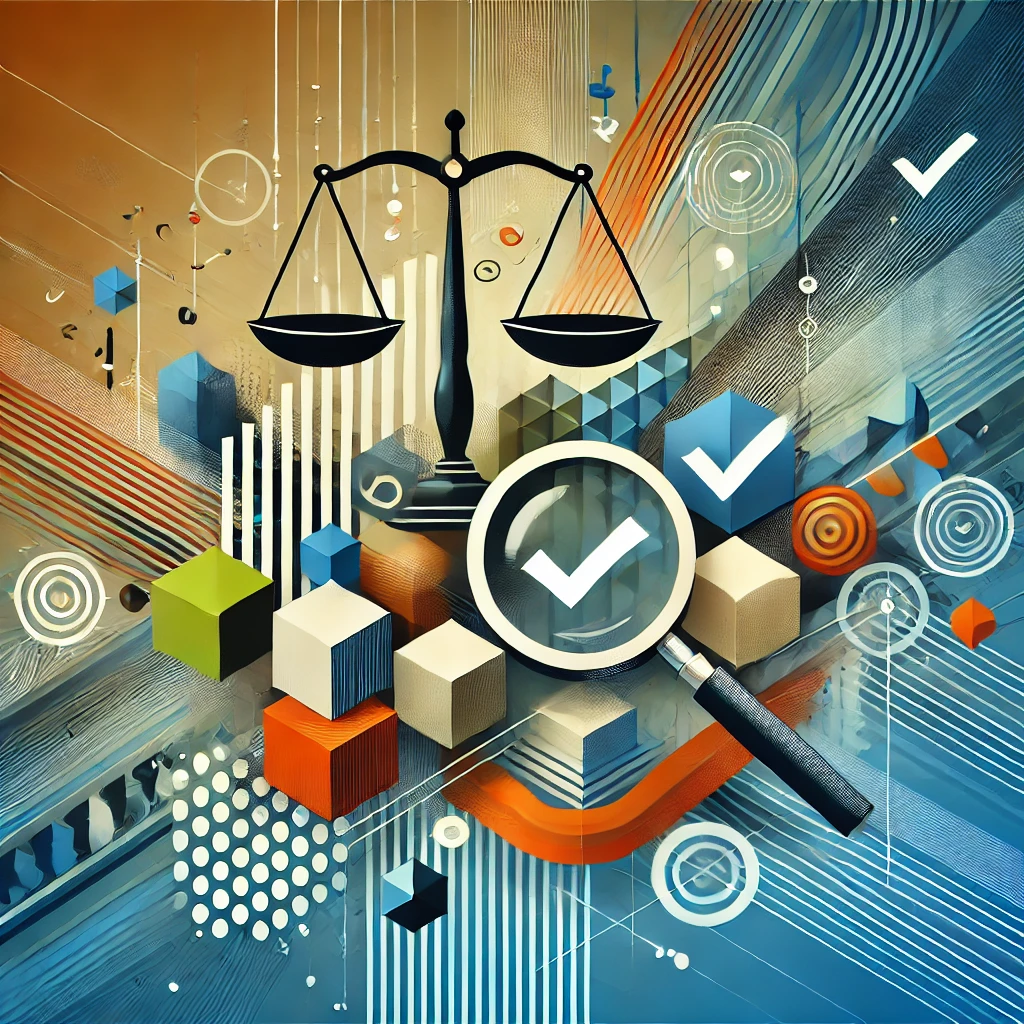A regulatory compliance audit in Quebec is a process by which a company or organization ensures that it complies with applicable laws and regulations. These assessments are essential not only to identify any discrepancies with legal requirements but also to make necessary corrections to avoid sanctions or legal risks.
Here is an overview of the key aspects to consider when conducting a regulatory compliance audit.
Regulatory Compliance Audit: Definition
A compliance audit is a business assessment that checks if it complies with the laws, regulations, standards, and internal policies applicable to its industry. The audit reviews the organization’s practices and processes to ensure they align with legal and regulatory requirements.
The goal of this type of audit is to:
- Correct cases of non-compliance;
- Identify discrepancies with current regulations;
- Minimize potential legal or financial risks;
- Enhance the organization’s credibility and reputation.
The Different Types of Compliance Audits
There are different types of compliance assessments, each focusing on specific aspects of regulations and standards. Here are the main examples of compliance audits:
- Regulatory: verifies if the organization complies with current laws and regulations, such as safety, health, or data protection standards.
- Contractual: ensures that the terms and conditions of contracts, agreements, or partnerships are respected by all involved parties.
- Internal: examines the organization’s adherence to its own policies, procedures, and internal codes of conduct.
- Environmental: the environmental compliance audit verifies that the organization complies with environmental regulations, such as waste management, resource use, and emission reduction.
- Financial: focuses on the compliance of financial and accounting practices with current standards and regulations, such as IFRS or GAAP.
- Human Resources: verifies if the company complies with labor laws, compensation policies, recruitment practices, and benefits management.
- Information Security: ensures that the organization adheres to standards and regulations regarding data security and the protection of sensitive information.
These different types of audits help ensure that the organization complies with the legal and regulatory requirements specific to its industry. They can be conducted internally or by independent legislative and regulatory compliance inspectors for a more objective perspective.
The Regulatory Framework in Effect in Quebec
In Quebec, businesses must comply with a variety of regulations, including labor standards, environmental laws, tax rules, and health and safety requirements. The main regulations in force are:
- The Labor Code: governs working conditions, working hours, and employee rights.
- Occupational Health and Safety Act: requirements to protect employees from occupational risks.
- Consumer Protection Act: regulates business practices to ensure transparency and fairness toward consumers.
- Environmental regulations: ensure that the company’s activities do not harm the environment.
How Does a Compliance Audit Work?
To conduct a comprehensive and rigorous analysis of the company’s regulatory compliance, the audit process should follow these steps:
- Planning: this preparation defines the objectives, compliance criteria, and required resources.
- Data Collection: the auditor reviews documents, procedures, and operations.
- Analysis: comparing the organization’s practices with regulatory requirements.
- Report: the auditor then provides a detailed report of findings and shares recommendations to correct discrepancies.
What Are the Consequences of Non-Compliance?
Companies that do not comply with the regulations in place may face fines, sanctions, or reputational damage.
Adopt Best Practices and Regulatory Compliance Monitoring
You now know the benefits and importance of conducting compliance audits within a company. To ensure you comply with current regulations and avoid potential sanctions, make sure to maintain regular monitoring practices through:
- Training: ensure that staff are trained on relevant regulatory requirements.
- Documentation: maintain complete and up-to-date documentation of procedures and practices.
- Continuous Monitoring: implement monitoring mechanisms to ensure ongoing compliance.
By following these guidelines, you can better navigate the regulatory framework of your industry and reduce the risks associated with non-compliance. Would you like to know more about this topic? Contact us to speak with one of our experts and discuss your company’s compliance needs.



